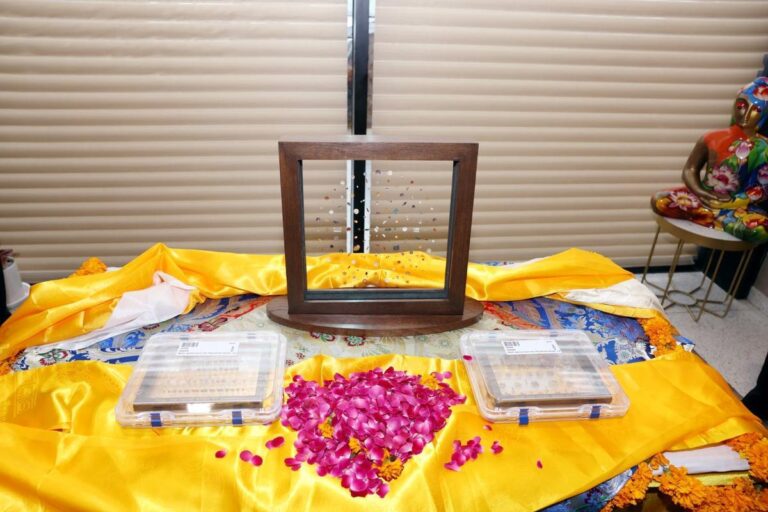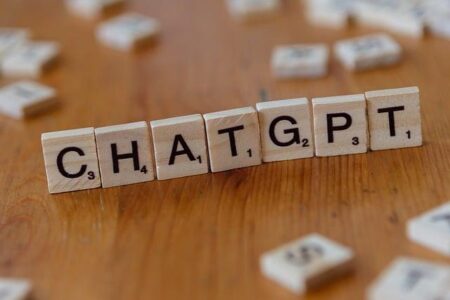Sotheby’s has returned a collection of precious Buddha relics to India following widespread public outcry and diplomatic pressure. The artifacts, known as the Piprahwa relics, are believed to be among the earliest physical remnants linked to the life of the Buddha. Their return marks a significant moment in the ongoing efforts to repatriate cultural heritage objects and underscores the sensitivities surrounding the ownership and preservation of ancient religious treasures. This development comes amid growing global calls for museums and auction houses to reconsider the provenance of antiquities and respect the cultural claims of source countries.
Piprahwa Relics Controversy Sparks Global Debate on Cultural Heritage Ownership
Sotheby’s recent decision to return a collection of ancient Buddha jewels to India has reignited intense global discussions about the rightful ownership of cultural artifacts. The relics, originally excavated from Piprahwa-an archaeological site believed to contain remains linked to the Buddha’s lineage-had been controversially acquired and later consigned for auction. The uproar from historians, Indian authorities, and cultural organizations spotlighted broader ethical questions surrounding the trade of sacred antiquities and the responsibility of auction houses in preserving cultural heritage.
Experts argue that returning such invaluable items goes beyond legal ownership-it touches upon respect for ancestral heritage and the spiritual significance these relics hold for millions. Key points fueling the debate include:
- Historical provenance: Verifying the origins and context of artifacts to prevent illicit trade.
- National identity: How cultural treasures contribute to collective memory and pride.
- International protocols: Discussions on strengthening global agreements to protect artifacts.
| Stakeholder | Position | Next Steps |
|---|---|---|
| Indian Government | Claims rightful ownership, demands repatriation | Diplomatic negotiations and increased site protection |
| Sotheby’s | Returned relics, calls for transparent acquisition | Review auction practices to prevent future disputes |
| Global Museums | Advocates for provenance research and ethical curation | Establish clearer acquisition guidelines |
Sothebys Responds to Public Pressure by Repatriating Priceless Buddha Jewels to India
Sotheby’s has taken a significant step by returning a collection of invaluable Buddha jewels, originally excavated from the Piprahwa region of India, following intense public and governmental pressure. The artifacts, which include intricately crafted gold ornaments believed to date back to the 6th century BCE, had sparked widespread debate regarding cultural heritage and ethical auction practices. Activists and historians criticized the auction house for listing the relics, emphasizing their sacred significance and historical relevance to India’s Buddhist legacy.
- Artifacts included: golden earrings, necklaces, and amulets.
- Estimated combined value: over $2 million USD.
- Cultural impact: Reinforces India’s claim as a custodian of key Buddhist relics.
- International response led to collaborative repatriation efforts.
The repatriation marks an important precedent in the handling of contested cultural artifacts by global auction houses. Indian authorities worked closely with Sotheby’s to ensure the jewels are returned safely and preserved within India’s national museums. This case has also reignited conversations around the legal frameworks governing ownership of ancient heritage objects, urging stricter regulations and enhanced cooperation among nations to prevent future disputes.
| Artifact | Material | Approximate Age | Current Status |
|---|---|---|---|
| Golden Necklace | 24K Gold | ~2,600 years | Repatriated |
| Buddha Amulet | Gold & Precious Stones | ~2,600 years | Under Restoration |
| Earrings | Gold | ~2,600 years | Returned to India |
Experts Advocate Stronger International Protocols for Protecting and Returning Sacred Artifacts
Following Sotheby’s decision to return the sacred Buddha jewels to India, cultural heritage experts worldwide are urging for the establishment of more stringent international protocols. The incident has renewed discussions on the ethical responsibilities of auction houses, museums, and governments in safeguarding relics of profound historical and spiritual significance. Advocates emphasize that existing regulations often lack the enforcement power needed to prevent the illicit trade and unauthorized sale of such artifacts, especially those deeply rooted in religious and indigenous traditions.
Key proposals from specialists include:
- Enhanced transparency: Mandatory disclosure of provenance details before any sale or exhibition.
- Cooperative repatriation frameworks: Streamlined processes for returning artifacts to their countries or communities of origin.
- International registry: A dedicated database documenting sacred and culturally sensitive relics to monitor and prevent illegal trafficking.
- Stricter penalties: Legal consequences for illegal acquisition or sale of culturally significant objects.
| Protocol Aspect | Proposed Change | Impact |
|---|---|---|
| Provenance Verification | Mandatory disclosures | Reduces illicit sales |
| Repatriation Processes | International cooperation | Faster returns |
| Artifact Registry | Global database launch | Improved tracking |
| Legal Frameworks | Stronger enforcement | Deters trafficking |
Concluding Remarks
The return of the Piprahwa relics by Sotheby’s marks a significant moment in the ongoing effort to repatriate cultural heritage to its place of origin. This gesture not only resolves a long-standing dispute but also underscores the importance of ethical stewardship in the art and antiquities world. As India welcomes back these invaluable relics tied to Buddhism’s rich history, the episode serves as a reminder of the complex issues surrounding ownership and provenance that continue to shape international cultural relations.




